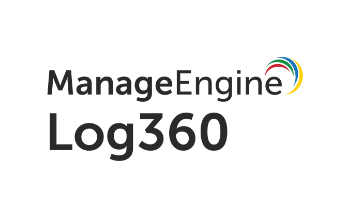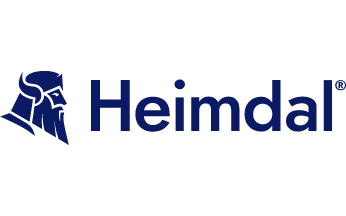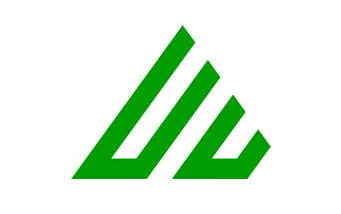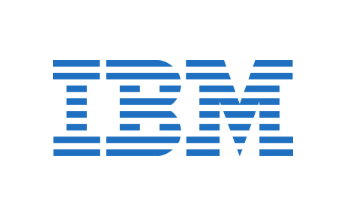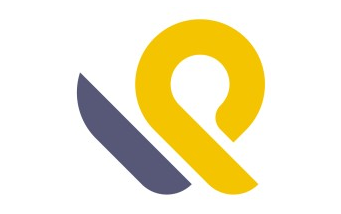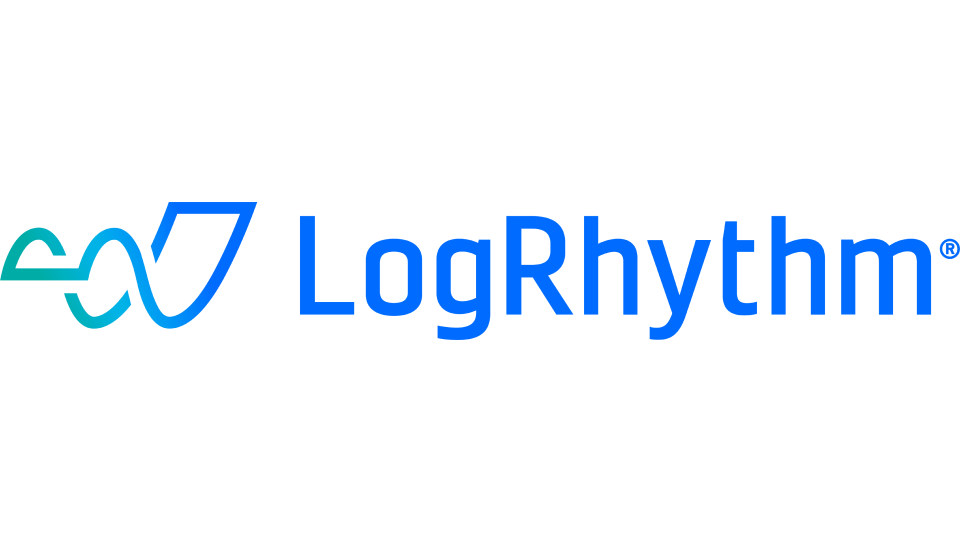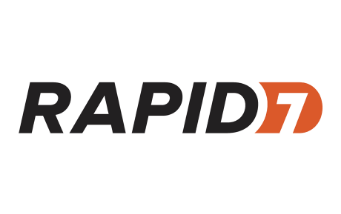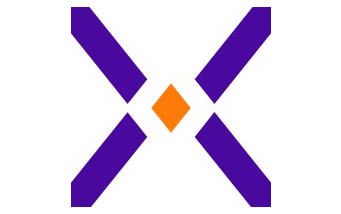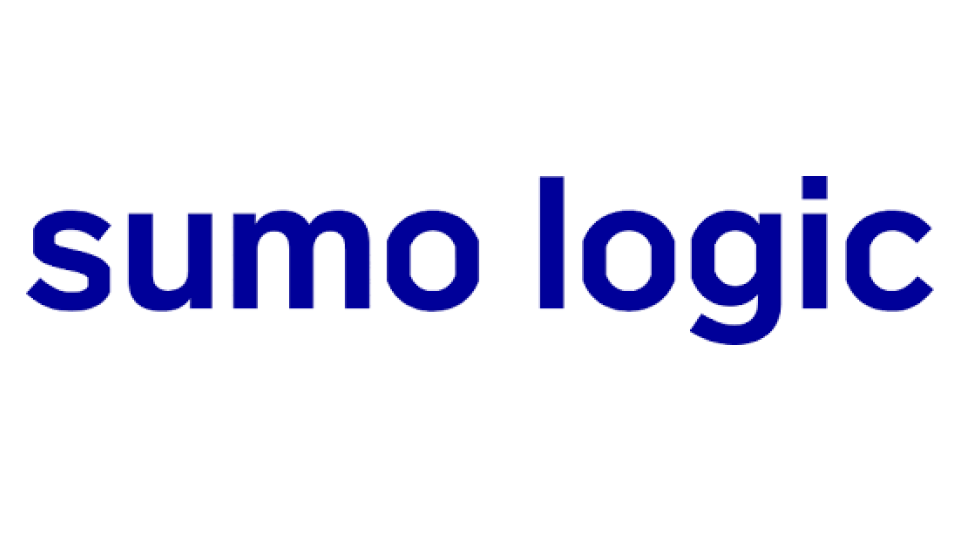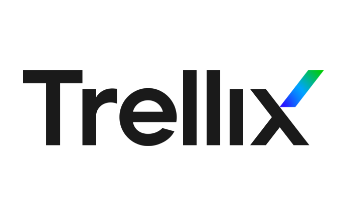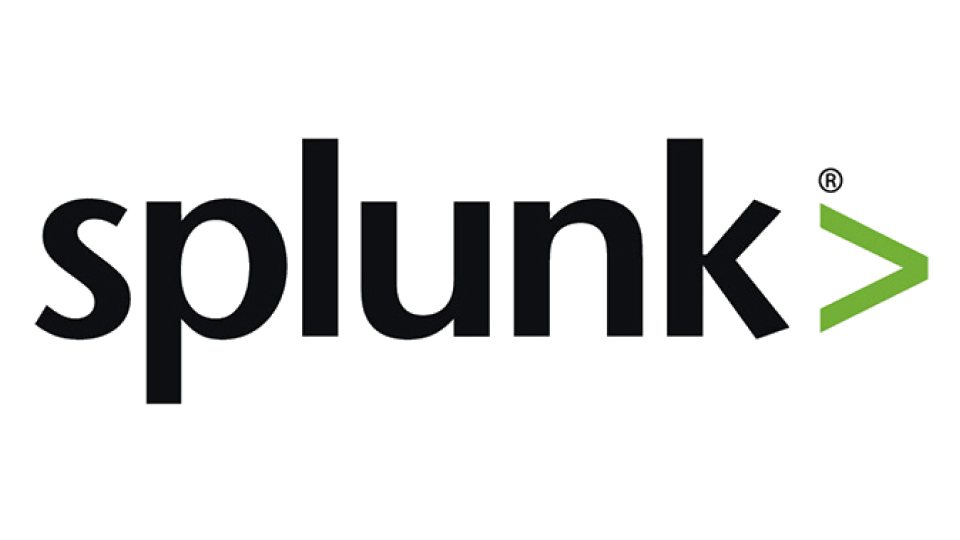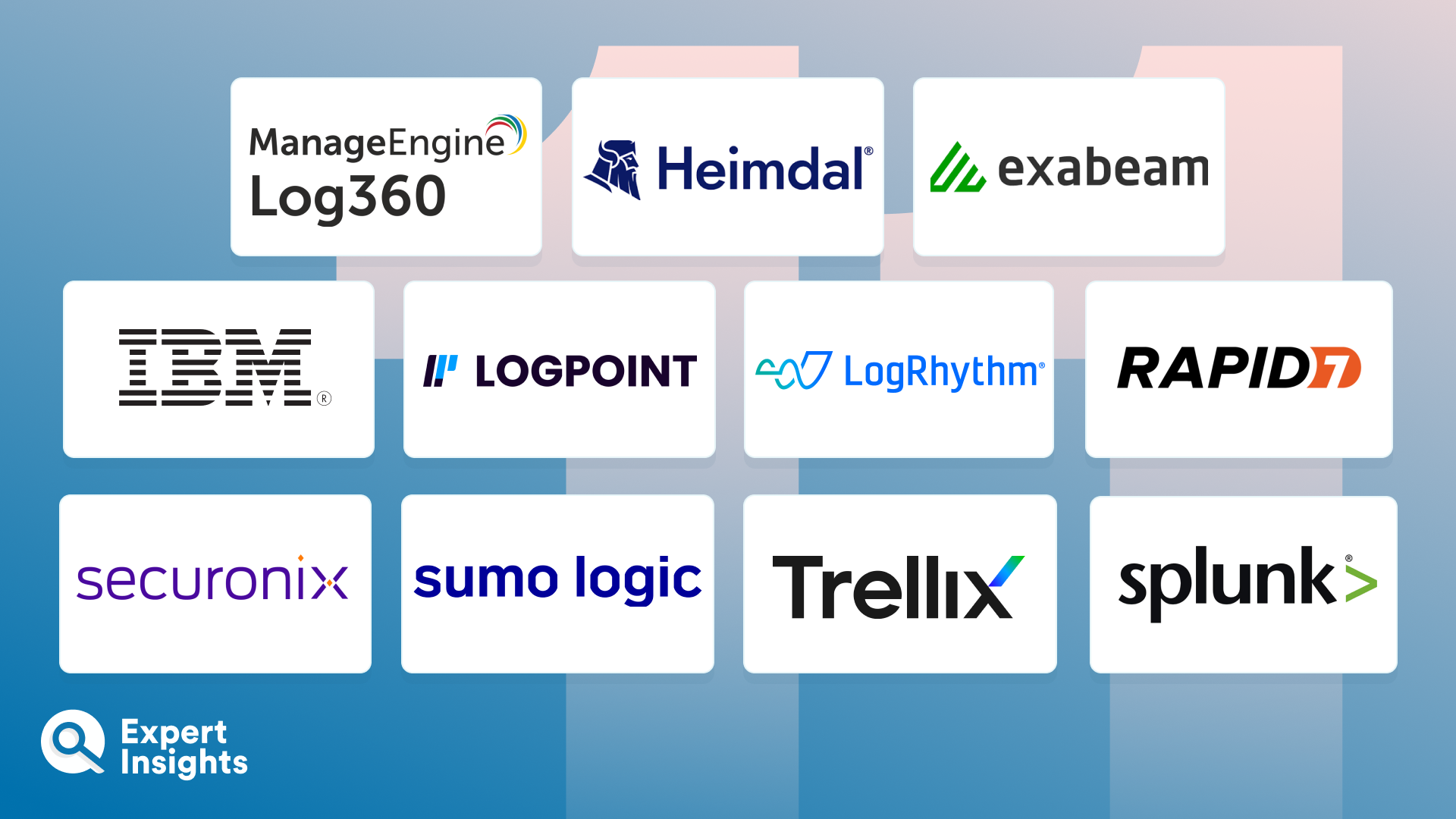SIEM Solutions: Everything You Need To Know (FAQs)
What Are SIEM Solutions?
SIEM stands for “security information and event management”. These solutions enable you to collate and manage security information and events. They aggregate and analyze security and event data, making it easier for IT teams to identify anomalous behaviour that could indicate that their network has been breached.
The best SIEM solutions don’t just offer logs of event data, they also carry out comprehensive analysis of the data, alert IT teams to unusual behavior, and provide them with detailed context of any security incidents that will help them identify the root cause of the incident. This data makes it much easier to carry out accurate remediation procedures. While SIEM tools themselves don’t usually offer incident response functionality, they often offer integrations with third-party tools (such as SOAR solutions) to help the IT and security team orchestrate remediation actions efficiently, based on data they’ve received from their SIEM tool.
How Does SIEM Software Work?
A SIEM solution deploys agents to aggregate log and event data from various sources across your organization’s IT environment, including networks, host systems, infrastructure, applications and endpoints, as well as third-party security tools. The agents forward this data to a central repository, where the platform normalizes it to make it easier for your security team to compare security information from different sources that may have originally been presented in different formats.
Once normalized, the SIEM tool analyzes the security data in real-time to detect anomalous behaviors that could indicate the presence of a security threat. If suspicious behaviors are detected, the SIEM solution sends security alerts to your SOC team, along with contextual information that can help the team carry out a forensic investigation of those behaviors. This knowledge can help security teams remediate threats more quickly and effectively.
As well as data aggregation, real-time monitoring and threat detection, the strongest SIEM tools provide security orchestration capabilities such as threat response workflow automation, which enable security teams to automate menial tasks so they can focus their human resource on active remediation. They sometimes also offer suggestions as to how a security team should respond to individual incidents, based on a risk assessment of each incident and a triaging process that prioritizes alerts according to their severity.
What Are The Benefits Of SIEM Systems?
There are three main benefits to using SIEM systems: first, they enable you to proactively detect threats to your environment; second, they help make your incident response processes more efficient; and third, and make it easier to keep on top of compliance requirements. Here’s how:
Proactive Threat Detection
SIEM tools proactively collect data from across your organization’s entire infrastructure and centralize it, giving your security team a central, holistic view of all security events across your IT environment. This means that they’re much more likely to pick up on security incidents that may otherwise get lost in a sea of noise.
As well as collecting and logging event data, modern SIEM solutions use machine learning-based analytics to analyze that data for anomalous and potentially malicious activity. This helps SOC teams identify and respond to threats before they can cause damage, rather than becoming aware of them much later in the attack timeline, and only because of the disruption caused.
Finally, SIEM solutions also help organizations to prevent future threats. By combining log and event data with contextual threat intelligence, they’re able to provide a timeline of each attack, helping your security team to determine how the initial breach occurred and how the attack spread. This enables them to make informed decisions on how to improve your organization’s security infrastructure to prevent repeat incidents in the future.
Efficient Incident Response
Security incident response is one of the most commonly-cited areas of skill shortage in the cybersecurity industry—and the lack of knowledge in this space means that it often takes organizations longer that it should to identify and respond to threats, simply because they don’t have the right resource available. In fact, it takes an average of 287 days to identify and contain a data breach—that means, if your systems were breached in January, the average organization wouldn’t be able to contain that breach until October, giving the attacker a lot of time to damage and steal data.
By detecting and analyzing threats automatically, a SIEM solution can help to greatly reduce the time it takes your security team to detect and respond to an incident. The team is told what the incident is and how severe a security risk it poses, enabling them to focus their efforts on the remediation process, rather than getting bogged down sifting through data stores, searching for anomalies. Some SIEM tools also allow admins to configure the automatic remediation of certain threat types.
But that isn’t the only way that SIEM solutions help make your organization’s incident response processes more efficient; they can also reduce the amount of time your SOC team spends barking up the wrong tree. False positives account for 45% of all security alerts, and take just as long to investigate as actual attacks. By analyzing each anomaly and assigning it a risk score, SIEM tools help security teams work out which alerts are genuine threats that need to be investigated, and which are false alarms.
Compliance
In recent years, many organizations have been put under pressure by industry and regulatory bodies to meet—and prove that they are meeting—certain standards designed to ensure the protection of their data, their employees’ data and their customers’ data.
A SIEM solution can also help your organization to prove that it’s meeting industry and regulatory compliance requirements by generating reports—both scheduled and in real-time—of data logs and security events. Instead of having to collect and normalize that data manually for an audit, your security team can simply log into their SIEM tool’s central dashboard and generate the necessary reports in a matter of minutes.
What Are The Limitations Of SIEM Systems?
While SIEM solutions have many benefits, there are also a few challenges that come with using one:
- Lengthy implementation processes. SIEM tools can take a long time to deploy because they have to integrate with each part of an organization’s IT infrastructure. Because of this, many smaller organizations—or those with less available security resource—choose to outsource their SIEM to a managed security services provider (MSSP), which takes care of the deployment and ongoing management of the solution for them.
- Alert fatigue caused by false positives. This challenge is often one faced by organizations that don’t give their SIEM solution feedback on the alerts it provides them, or those that haven’t configured the behavior profiles properly to reflect their IT environment. When properly configured, a SIEM tool should help to reduce false positives by assigning a risk score to each incident, and triaging incidents based on the threat they pose.
- Cost. The initial cost of a SIEM tool can be in the thousands of dollars, from purchasing the tool itself to paying the security staff to maintain it. While this cost is still significantly less than the average cost of a data breach—which currently stands at $4.62 million—some organizations may not be able to afford it all at once. These companies should consider investing in a SIEM solution as-a-Service, which allows them to pay for it via a regular subscription, or using an MSP or MSSP that will bundle SIEM services in with a wider security offering.
Who Can Benefit From SIEM?
The two main groups that would benefit from adopting a SIEM solution are larger, enterprise organizations and MSPs.
As SIEMs make it easier to manage a network’s security status, and respond to incidents faster, they can be a valuable asset to enterprises. It is the size and amount of data to be processed that make SIEMs an effective solution.
MSPs can also stand to benefit from having SIEM as it aggregates and prioritizes data from multiple sources. This is extremely helpful when managing multiple networks. MSPs can also use SIEM solutions to generate reports that detail all network data and intel. These reports can also deliver reporting on their customers’ compliance for auditing purposes when ask by regulatory bodies.
What Are The Key Features Of A SIEM Solution?
All modern SIEM solutions should enable security teams to detect and investigate threats, as well as automate incident response processes. But there are other features that you should look for in a SIEM solution, depending on your use case. These include:
- Visualization of threat intelligence and event data, to enable you to understand your attack surface more easily
- Incident triaging, to help you prioritize which incidents require attention most urgently
- Advanced machine learning-based analytics that identifies abnormal behavior across your environment
- Unlimited, quick log collection
- Data normalization, to make it easier for you to understand and compare data from different sources
- Threat response workflow automation, which enables you to automate menial tasks and focus on remediation
Should I Invest In A Cloud SIEM Solution Or An On-Prem SIEM Solution?
Many SIEM providers offer both on-premises and cloud deployment options, and it can be difficult to know which one to go with. There are a few areas to consider when making this decision:
- Deployment: It can be more difficult to deploy an on-premises solution, as it’s likely to take more time to integrate with your existing architecture. A cloud SIEM solution is quicker and easier to deploy, and the provider will often help you manage the deployment and ongoing maintenance of the platform.
- Control: On-premises SIEM solutions enable organizations to have full control over their own data. Cloud SIEM solutions, however, involve your company’s data being stored on the provider’s servers; this may be in their own cloud or in a public cloud. Some organizations are required by compliance regulations to keep a record of any data they store in the cloud, which can be time-consuming and may mean that an on-prem deployment is the better option.
- Scalability: On-premises solutions are often cheaper to deploy initially, but it can be difficult to upgrade them if your business grows or starts processing more data than you originally budgeted for. Cloud solutions are much easier to scale because they’re usually delivered on a subscription-based license and enable you to add or remove features as needed, with immediate effect.
- Accessibility: Cloud SIEM solutions are much easier for remote and hybrid teams to access than on-premises ones, as security teams can sign in to and manage the SIEM securely from anywhere, at any time.
- Updates: Organizations that invest in an on-premises SIEM solution are responsible for updating that solution themselves. Administering these updates can often be time-consuming and require you to pause log collection, resulting in down-time. Those that invest in cloud SIEM solutions needn’t worry about this, as updates are usually managed by the provider.
Generally, if your business isn’t restricted by compliance and privacy requirements that require you to have certain controls over your data, we recommend that you invest in a cloud SIEM solution. But ultimately, you need to evaluate which of the above points are most important to your organization, and make your decision based on those factors.
What Are Some Of The Challenges Of Using A SIEM?
The main challenge when it comes to using a SIEM solution is navigating false alerts and reducing alert fatigue—the action of becoming desensitized to alerts because you’re constantly overwhelmed with false positives.
To overcome this, you should look for a SIEM that gives you contextual information on each incident, enables you to configure custom log and alert rules to help reduce false positives, and assigns risk scores to each incident or offers triaging to help you prioritize your responses.
There are a lot of things to think about when implementing a SIEM security solution. Here’s our checklist of actions that will help your SIEM implementation go more smoothly and ensure you set up your solution as effectively as possible:
- Scope your implementation. You need to understand what your use case is for using a SIEM solution, and outline how your organization should benefit from the deployment. That involves defining which logs the SIEM solution will monitor and which compliance requirements your chosen tool must support.
- Choose a deployment option. Most SIEM tools offer a variety of deployment options, including on-prem, cloud, SaaS, or any of the above but via an MSSP. The option you choose will depend on your budget, available security resource, ability to manage the solution in-house, and need for control over data residency.
- Configure correlation rules. SIEM software usually comes with pre-configured correlation rules that outline “normal” and “abnormal” behaviors, but your security team should check and fine-tune these to your environment to help mitigate the risk of false positives.
- Identify compliance requirements. You should already have checked that your chosen SIEM solution supports any compliance requirements that your businesses needs to adhere to but, once you’ve implemented your solution, you need to configure your reports to provide dashboards on the necessary compliance standards in real-time.
- Fine-tune your setup. You should regularly fine-tune your SIEM configurations to help the solution learn what behaviors are normal for your environment and enable it to detect genuine threats more effectively.
- Implement and test your incident response plan. Make sure your organization has planned exactly how it will respond to security incidents that your SIEM alerts you to.



